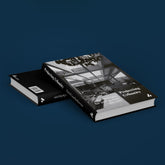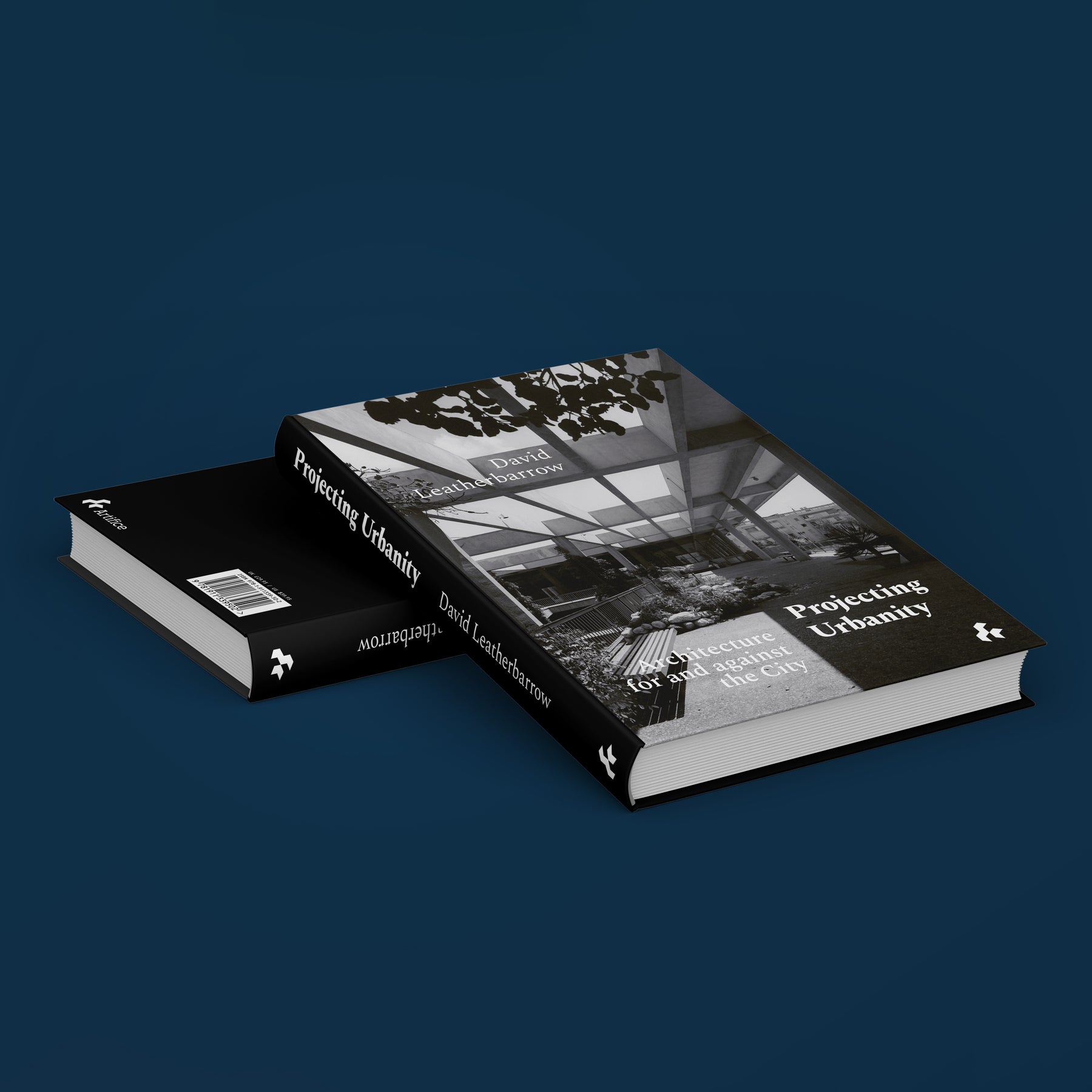
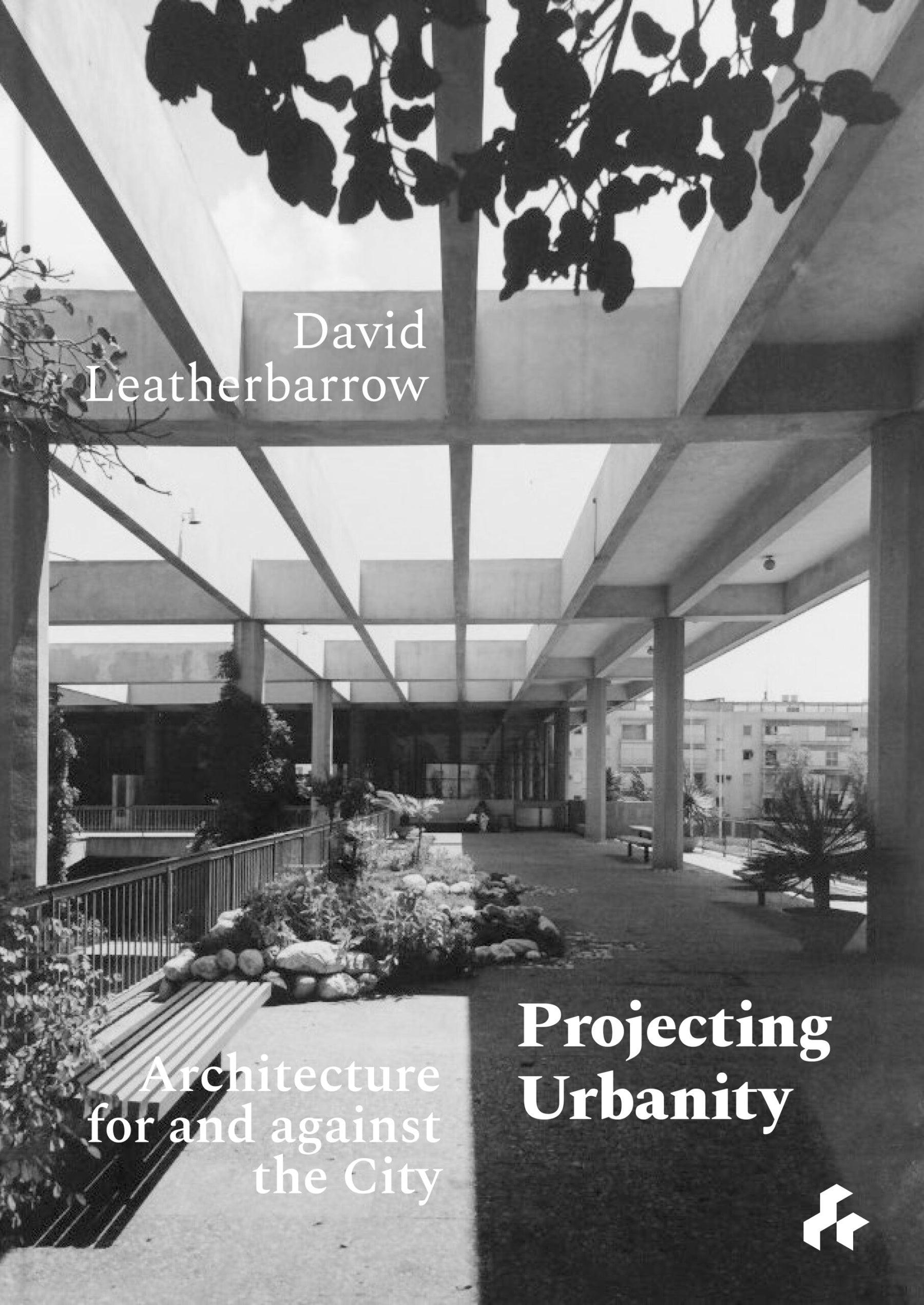

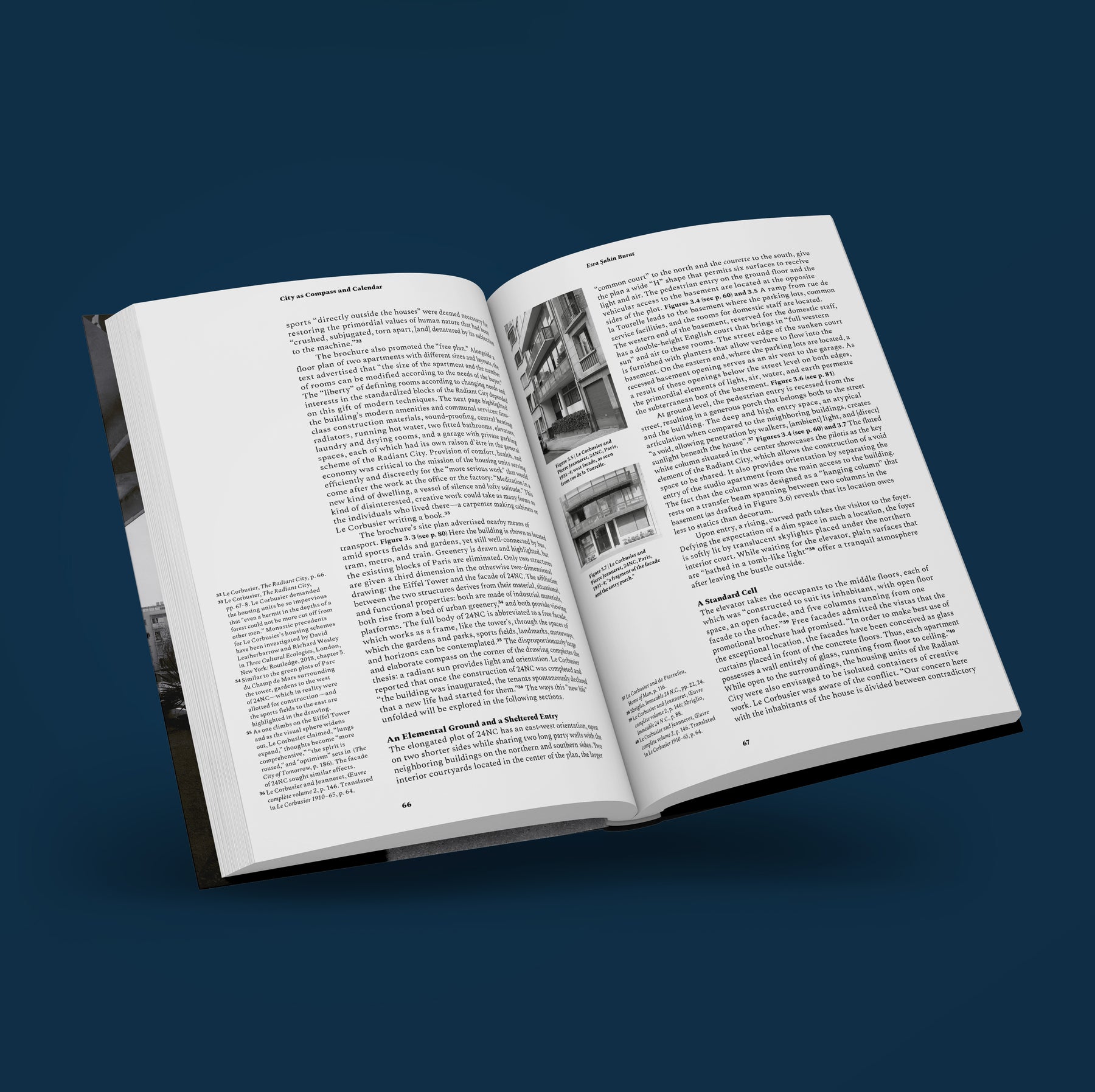
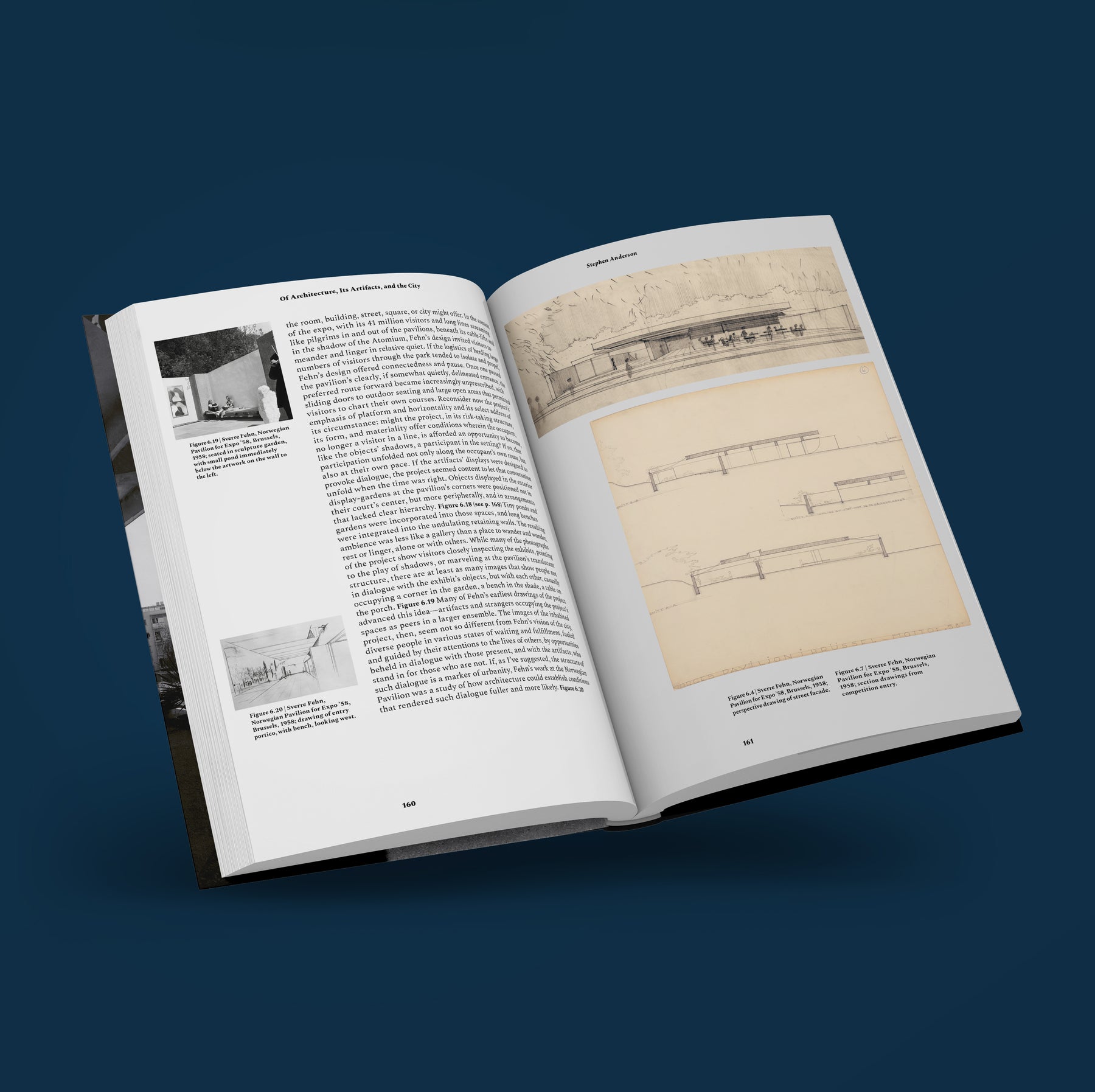
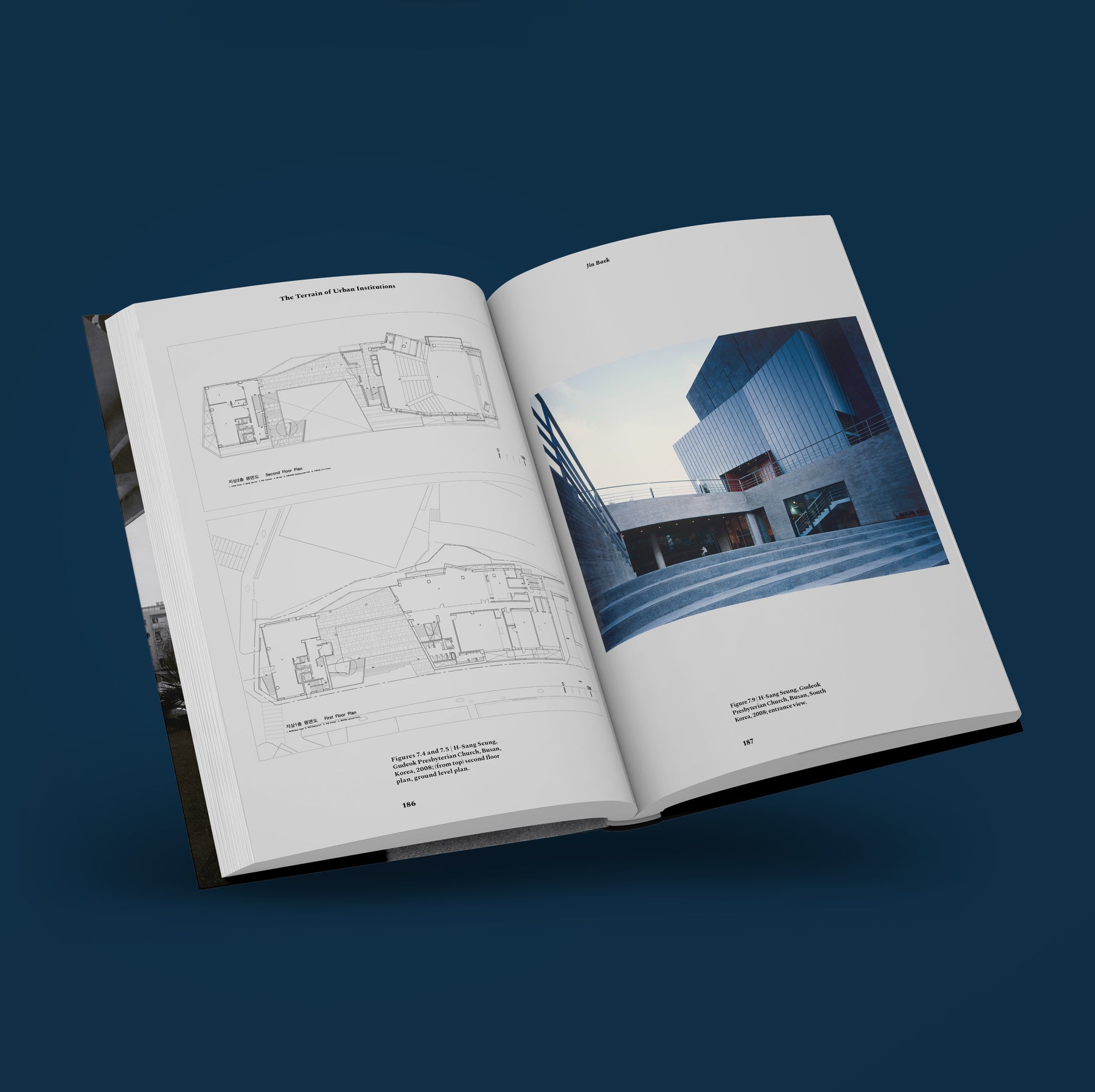
Projecting Urbanity
Now with 25% off and free UK shipping on this title.
Urban architecture of built works in modern cities, that are no smaller than a single building and possibly as large as an urban block, are shown to activate and actualize latent potentials for cultural experience and environmental intelligence, allowing the city to surprise itself and delight in its discoveries.
Existing histories of modern architecture typically give their highest praise to private houses and their most severe condemnation to architect-authored urban plans, often neglecting the built works that are no smaller than a single building and possibly as large as an urban block, the middle or institutional scale, where culturally significant urban transformation actually takes place.
Urban architecture is a timely topic as today cities worldwide are suffering accelerated urbanisation, which is often dehumanising and destructive, especially to the unbuilt environment, airs, waters and soils. The middle or institutional scale is shown to activate and actualise latent potentials for cultural experience and environmental intelligence, allowing the city to surprise itself and delight in its discoveries.
In Projecting Urbanity, David Leatherbarrow, via author-architect texts by his former doctorate students, lays out the basis for a revision of modern architecture’s contribution to cities and their culture. Presenting a series of texts featuring buildings or their parts at various scales – from the construction detail, to the room or garden, to ensembles within a neighborhood – the contributors introduce concepts for contemporary and future urban architecture, together with richly indicative examples from the past several decades.
While architecture cannot “solve” today’s urban problems, it certainly has a role to play in their productive transformation, articulating opportunities for life and culture that are more humane, less wasteful, and more beautiful.

